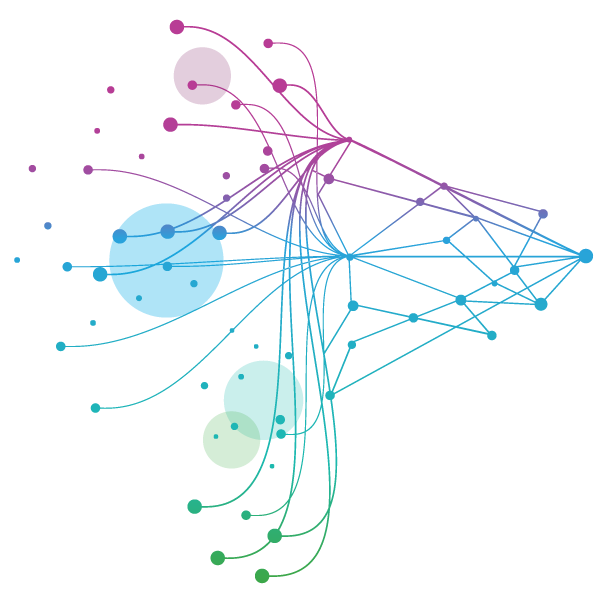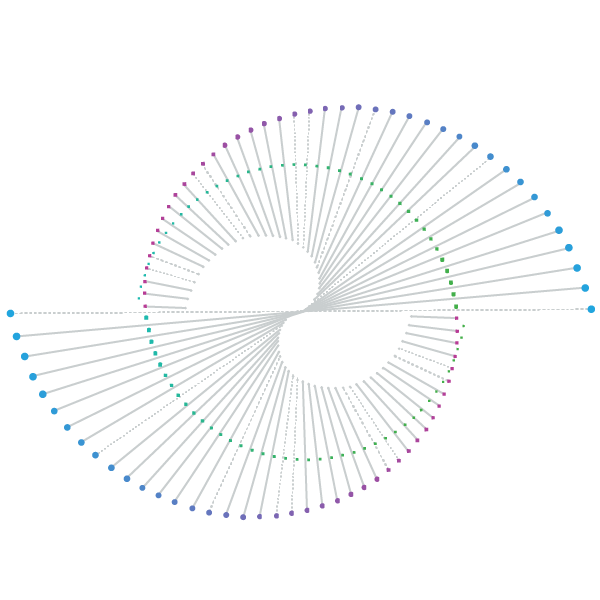Take advantage of the latest tools, techniques, and deep healthcare expertise to create scalable resources, precision insights, and actionable ideas.






















- Insights
- The IQVIA Institute
- Reports and Publications
- Reports
- The Global Use of Medicines Outlook Through 2029
Report Summary:
Increasing availability and usage of medicines, and the associated amount being spent, have become central issues in health policy and international trade discussions in recent years, including the potential reshaping of global markets and drug pricing that is being proposed by the new U.S. administration.
Breakthrough therapies launched over the past decade for multiple diseases are reshaping patient care in many areas, while established patterns of spending and usage continue to highlight differences in access and pricing across countries.
The largest driver of medicine spending growth through the next five years is still expected to be the availability and use in developed markets of innovative therapeutics and offset by losses of exclusivity and the lower costs of generics and biosimilars. Traditionally, growth in the use of innovative medicine has occurred mostly in the years immediately following launch, whereas in recent years and in the forecast outlook, growth is driven by older products.
This mix of spending growth between volume-driven growth and mix-driven changes in the cost of therapy are showing most geographies shifting to more expensive therapies, reflecting the broader availability and patient access to medicines with higher clinical value.
In this report, we quantify the impact of these dynamics and examine the spending and usage of medicines in 2024 and the outlook to 2029, globally and for specific therapy areas and countries or regions. We intend for this report to provide an evidence-based foundation for meaningful discussion by all stakeholders around the value, cost, and role of medicines over the next five years in the context of overall healthcare spending.
Key Findings:

A total of 394 novel active substances have launched globally in the past 5 years, with fewer launched in various regions.
- A total of 78 novel active substances launched globally in 2024, bringing the five-year total to 394. Based on molecules in the late-stage pipeline and historic success rates, over the next five years an average of 65–75 NAS are expected to launch annually, expanding the number of NAS launched globally by 325–375.
- A total of 48 NAS launched in the U.S. in 2024, bringing the five-year total to 273. This represents a 22% increase in the number of launches between 2020 and 2024 compared to the period from 2015 to 2019.
- In 2024, the four largest EU member countries (France, Germany, Italy, Spain) and the UK had 43 launches, a 39%increase from the previous year. The five-year total was brought to 209, up 31 from the prior five-year total, but 64fewer than the U.S.

Per capita medicine use varies by region, with Japan and Western Europe having more than double the use of most other regions.
- When medicine use is adjusted for population, global medicine use growth is projected to be flat (0.0% CAGR) over the next five years, compared to 0.8% CAGR unadjusted for population, showing that global growth in medicine use is population driven (Exhibit 6).
- In the past five years, North America per capita use grew only 1.2% annually, and is projected to grow 0.4%annually through 2029.
- China tops regions for expected per capita growth with 1.8% CAGR to 2029, although slowing from 4.4% CAGR in the prior five years.

Global growth will continue to be driven by new and existing brands in leading developed countries.
- Global medicine spending growth is expected to accelerate over the next five years in absolute terms, driven mostly by increased growth contribution from existing branded products even as most growth segments are expected to increase compared to the last five years.
- New brands in the 10 leading developed markets are expected to contribute $181Bn in growth, up $4Bn from the past five years.
- The impact from brands losing exclusivity (LOE) is expected to more than triple to $220Bn, although a large part of that increase is from biologics facing biosimilars where the impacts have had more uncertainty.

Spending and volume growth are following diverging trends by region.
- Regions around the world are growing following diverging trends, some with more volume driven while others have a greater contribution from adoption of innovation.
- Countries in North America, Eastern and Western Europe, Asia-Pacific, India, Latin America, and Africa and Middle East are expected to increase spending growth by more than 30%, indicating both population-driven volume growth and a shift in the mix of products to more expensive products.
- China, the world’s second largest country by pharmaceutical spending, will increase volume by 8% in aggregate over five years, while spending will increase 15%, a more modest rate than in the prior years and still embedding a focus on expanding access to novel drugs via the national reimbursement drug list (NRDL).

Oncology and obesity to lead growth through 2029 while immunology and diabetes growth to slow.
- The biggest contributors to the growth in the next five years are oncology, immunology, diabetes, and obesity drugs. The growth is a result of a continuous influx of innovative products and offset by exclusivity losses.
- Many therapy areas are expected to grow more slowly in the next five years than in the past five.
- Lipid regulators, which have been declining steadily since leading product expiries a decade ago, are expected to return to growth, with new therapies for some patients.
Video Research Brief
The Global Use of Medicines Outlook Through 2029
Hear from the report authors as they share key findings on global medicine use and rising spending, driven by innovative therapies and widening access. This report analyzes global trends and provides insights for stakeholders through 2029.
Related solutions
IQVIA is using vast quantities of data in powerful new ways. See how we can help you tap into information from past trials, patient reported outcomes and other sources to accelerate your research.
Meet the challenge of changing stakeholder demands and increasing cost constraints with IQVIA's integrated technology services and analytics-driven offerings.





